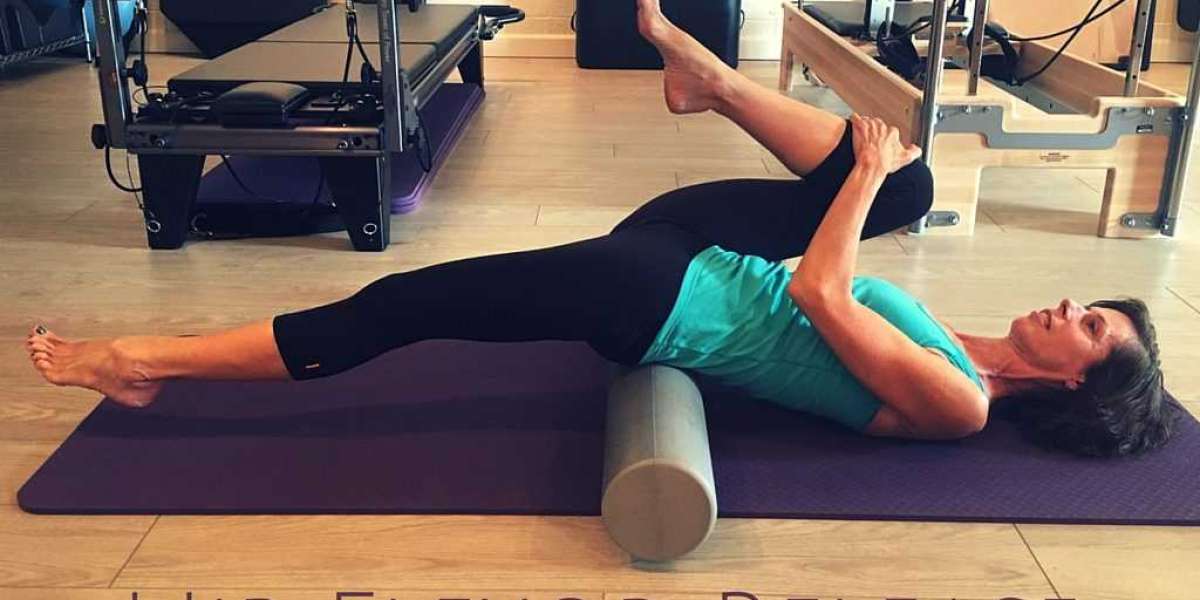Runners, soccer players, and hockey players are particularly prone to hip flexor pain. Painful hip flexor strains can make it difficult for a person to participate in a sport for a period of time. Symptoms include hip and/or groin pain that can make everyday activities such as tying shoes and walking up and down stairs difficult.
Overuse of the hip flexor muscles and tendons can cause hip flexor pain. Strains may indicate a tear in the muscle and require medical attention. Rest, icing, as well as over-the-counter medications can be used to treat them at home.
Function Of The Hip Flexors
An individual's hip flexors are the muscles that allow them to lift their legs. Walking, bending forward, or lifting your knees to your chest are examples of this type of movement. A hip flexor is composed of two muscles, the iliacus and the psoas, sometimes referred to as the "iliopsoas muscle".
Iliacus muscles run from the inside of your pelvis to your thigh bone, while psoas muscles run from your spine to your thigh bone. As well as the pectineus, the rectus femoris, and the sartorius, three other muscles of the thigh are involved in hip flexion.
Hip Flexor Pain Symptoms
The following symptoms may also be experienced by people who suffer from hip flexor pain:
- After a trauma to the hip or pelvis, there is sudden, sharp pain
- Leg pain when lifting
- Muscle cramps, stiffness, and weakness in the upper leg
- Inflammation
- Hip or thigh muscle spasms
- Having difficulty kicking, jumping, or sprinting
- Inability to move easily, including limping, and reduced mobility
Causes Of Hip Pain
An individual suffering from hip flexor pain may experience symptoms in the hips and groins. This condition can be aggravated by moving the knee towards the chest, kicking or pivoting the knee at high speeds, or by moving the knee towards the chest. The following factors may contribute to hip flexor pain:
Hip Flexor Strain or Tear
Strains and tears are caused by overstretching of muscles and tendons. During sudden movements, such as changing directions while running, the hip flexor is commonly strained or torn. Pain, loss of motion, and weakness are considered when grading muscle tears (mild to severe).
- Iliopsoas Bursitis
An iliopsoas bursitis occurs when the iliopsoas bursa of the hip becomes inflamed. Between the hip joint and the iliopsoas muscle is the iliopsoas bursa, a small, fluid-filled sac. Typically, this injury occurs as a result of sports such as soccer, skiing, and ballet. Arthritis can also lead to iliopsoas bursitis.
Hip flexor Tendinopathy
Tendon structures attach muscles to bones. Hip flexor tendinopathy may be caused by acute injury, such as a fall or car accident, or overuse, such as running, gymnastics, or soccer. Hip flexor tendinopathy is caused by the tendons becoming less elastic as they age.
- Hip Impingement
In adults who are physically active, hip impingement pain is commonly felt in the groin area, along with a decrease in hip range of motion.The cause of hip impingement is the abnormal growth of bone in a particular area of the hip. Hip impingements can be classified into three categories:
- Cam
- Pincer
- and combined
How Can Hip Flexor Pain Be Treated?
Several remedies and exercises can be used at home to treat hip flexor pain and ease muscle tension.
Medicines
Pain relievers such as acetaminophen, ibuprofen, or naproxen sodium may be useful in the short term. Take these drugs with caution if you are taking other medications that may interfere with their effectiveness.
Stretching
Exercises with low impact, such as lunges and leg raises, can reduce tension and lengthen the hip flexors. Stretching should be preceded by a gentle walk to prevent further damage to your muscles.
Rest, Ice, Compression, Elevation (RICE) Method
Inflammation and mild pain can be relieved by using the RICE Method at home. Furthermore, it may be helpful if you are planning to see an orthopaedist at the beginning of a more serious injury.
Rest the Hip
Do not engage in unnecessary activities. If your hips are under stress, you may also want to consider crutches for a short period of time.
Ice the Hip
If you suffer a hip injury, you should apply ice or a cold pack to the area. Please take care not to apply ice directly to your skin. A towel should be placed between the frozen cold pack and your hip rather than placing it directly against it.Typically, a patient can apply ice three to four times a day for up to 30 minutes each time.
Hip Compression
Wrap an elastic bandage around your hip to reduce swelling. Ensure the bandage is moderately tight, as too tight a bandage will result in additional swelling.
Elevate the Hip
Your hip should be elevated on a pillow while you are lying on your back. Your hip should be elevated above your heart in order to reduce swelling.
Surgery
Hip flexor strains rarely require surgery. However, if the tear is severe enough, you may require surgery to repair the muscle or the surrounding tendons or ligaments. After completing an X-ray, MRI or CT scan, an orthopaedic physician will determine whether you are a candidate for surgery.
Summary
Hip flexor injuries vary in severity. According to hip pain doctors, mild strains usually heal within a few weeks, whereas severe strains may take six weeks or more to heal. Generally, hip flexor strains do not heal properly without adequate rest and recovery. Symptoms of hip flexor strain that do not improve following seven days of at-home treatment should be discussed with your doctor.







